Lignano Meeting InternationalJul 8, 2015 by Meg Bellino
Progression Key for Kerri Gallagher, the Newest Member of Team USA
Progression Key for Kerri Gallagher, the Newest Member of Team USA


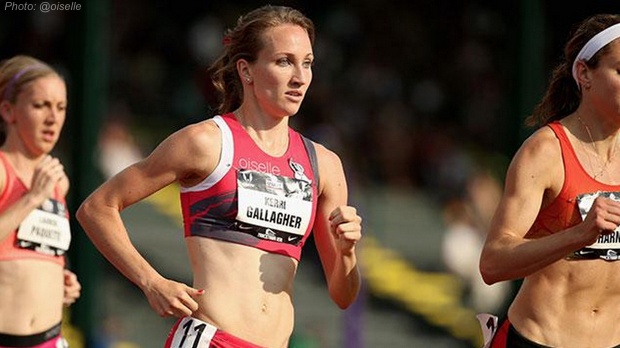
Many were expecting Jenny Simpson and Shannon Rowbury to take over the women’s 1500m finals at the 2015 USATF Outdoor Track and Field Championships, and it was no surprise when they finished 1-2 at Hayward Field in Eugene, Oregon. But the woman who would join them on the podium was up in the air. Some thought Katie Mackey, but she opted for the 5K. Some thought American junior record-holder Alexa Efraimson, but she did not make the final. Others thought Sarah Brown or Treniere Moser, women who achieved their IAAF “A” standards in the fast Prefontaine Classic race a month prior.
But the third-place finisher wore oiselle across her chest. She came into the meet with a 2013 4:09 PB and lowered it to 4:08 in the preliminary round. It was a surprise to some, but not to Kerri Gallagher.
Leaving Eugene very inspired and grateful to be a part of @oiselle and the larger run community. Full â¤ï¸Ã‚ pic.twitter.com/vrs06xcMjo
— Sarah Lesko (@drlesko) June 29, 2015
“I’ve been progressing well and kind of developing in each race,” Gallagher said over the phone a week after the race. “Every race I feel like I’ve come away with something positive.”
Since 2011, Gallagher has been trying her hand at professional running. So where is this breakout season coming from?
She’s mature as the most experienced runner in the field, but she’s not the most experienced. Gallagher grew up in Brooklyn, New York, and attended college at Fordham. Her collegiate best marks were 2:07 and 4:20 and Gallagher had no initial plans of continuing her running career.
She graduated in May of 2011 and accepted a job at Morgan Stanley, no finance background to her name but a boss who liked her and thought she deserved a shot. Her stint at Morgan Stanley was short, though, as a conversation with high school coach John Lovett brought running back into her life.
Lovett attended high school at Power Memorial (now defunct) in New York City and knew Matt Centrowitz, Sr. and an opportunity to keep training with Centrowitz in Washington D.C. Gallagher joined the staff at American University, where Centrowitz is the head coach, and began training with Lauren, Centro’s daughter and former standout at Stanford.
“She was kind of key in my being able to stay in D.C., showing me the ropes with the workouts and racing, and getting to know her dad,” Gallagher said. Gallagher wasn’t afraid to mention she was “getting dropped left and right,” she said with a laugh.
Centrowitz Sr. has been instrumental in Gallagher’s progression, which she describes as “Slow, steady, but consistent.”
“He knew a great race was coming,” Gallagher said on Centrowitz’ reaction to her USATF performance. “It was so cool to put it together, especially for him. He’s been working with me for 4 years now. He’s been very patient.”
Finishing in the top three at the U.S. Championships was the first step, and grabbing that IAAF “A” standard (4:06.50) was next. Some may have thought it would be more difficult for Gallagher to obtain, seeing that she just set her 4:08 PB at Hayward Field, but she was confident an “A” standard was doable.
“The workouts have all bee geared toward that pace and I’ve been feeling great through the season,” Gallagher said before traveling to Lignano, Italy for her first attempt.
Boy did she certainly get her “A” standard. At the Lignano Meeting, Gallagher smashed her personal best, running 4:03.56 for the win. Three seconds faster than the "A" standard and five seconds shaved from her personal best.
Gallagher’s reaction is priceless. Elated happiness, a little disbelief, but most of all just appreciation for the sport itself. There’s no cockiness to her tone, only positivity and pure joy that any athlete would feel once they realized they get to represent their country at a world championship.
“Every year is built on itself,” Gallagher said. “I’ve improved every year in some area, in different events. I’ve gotten stronger.”
Though she didn’t see instant results after making the decision to pursue running, Gallagher credits those first three years just as important as this one.
“I now have those 3 years of good things and mistakes,” Gallagher said. “You’re a different runner at 26 than you are at 22 when you graduate. There’s also that maturity that I’ve developed to kind of be able to take away the good and the bad races. A bad race isn’t going to be as disheartening as it was that first year, especially when I felt like I made this big move and this big decision and I kinda had to back it up.”
So what’s different this season? “Nothing big,” Gallagher said. “The approach. A little more confidence.”
Related Content
 Replay: Prague Marathon | May 5 @ 7 AM
Replay: Prague Marathon | May 5 @ 7 AMMay 5, 2024
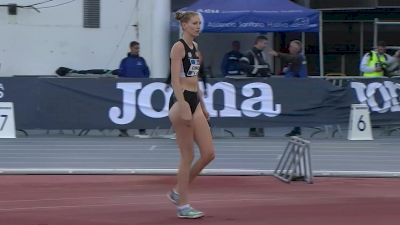 Replay: Continental Tour: Huelva | Apr 30 @ 4 PM
Replay: Continental Tour: Huelva | Apr 30 @ 4 PMApr 30, 2024
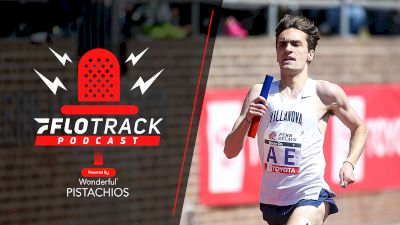 Craziest Penn Relays Ever?! Plus, An Interview With Liam Murphy | The FloTrack Podcast (Ep. 664)
Craziest Penn Relays Ever?! Plus, An Interview With Liam Murphy | The FloTrack Podcast (Ep. 664)Apr 30, 2024
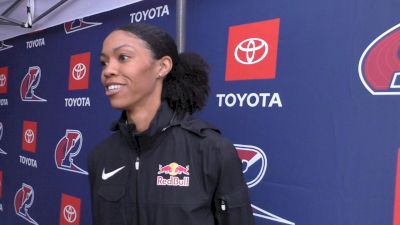 Vashti Cunningham Wins Olympic Development High Jump at Penn Relays
Vashti Cunningham Wins Olympic Development High Jump at Penn RelaysApr 29, 2024
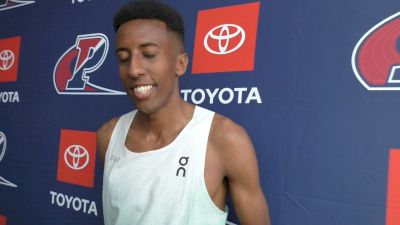 Yared Nuguse Sets Penn Relays Record in Olympic Development Mile
Yared Nuguse Sets Penn Relays Record in Olympic Development MileApr 29, 2024
 Spain Women Win Olympic Development 4x100m at Penn Relays
Spain Women Win Olympic Development 4x100m at Penn RelaysApr 29, 2024
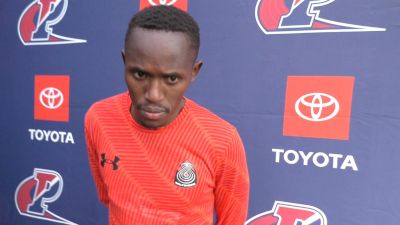 Karayme Bartley Jamaica Wins 400m Olympic Development Race
Karayme Bartley Jamaica Wins 400m Olympic Development RaceApr 29, 2024
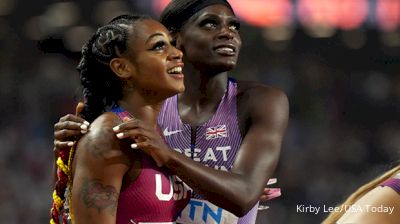 Akani Simbine Produces 100m Stunner At Diamond League Shanghai/Suzhou
Akani Simbine Produces 100m Stunner At Diamond League Shanghai/SuzhouApr 29, 2024
 Portugal Wins Olympic Development 4x400m at Penn Relays
Portugal Wins Olympic Development 4x400m at Penn RelaysApr 29, 2024